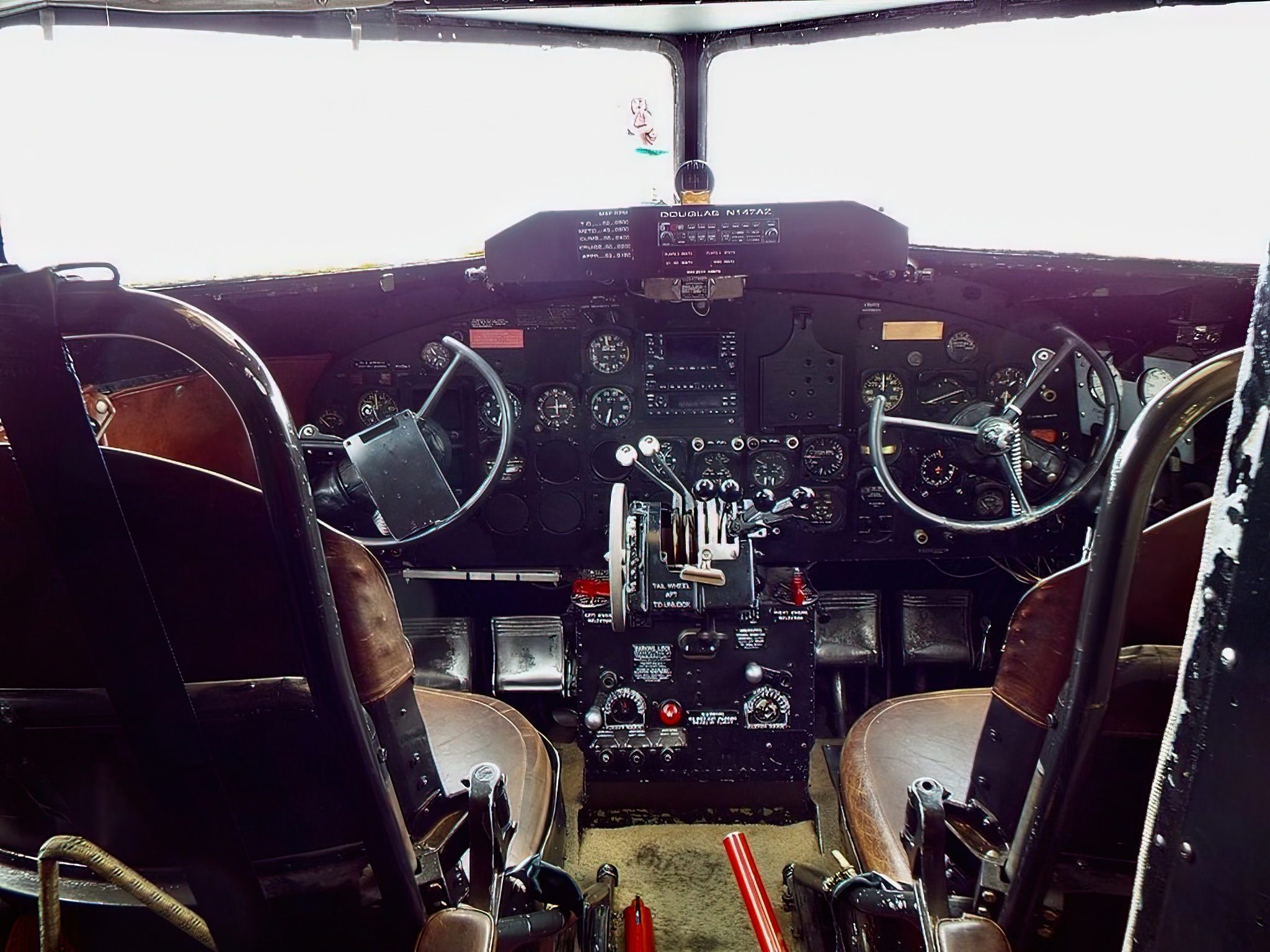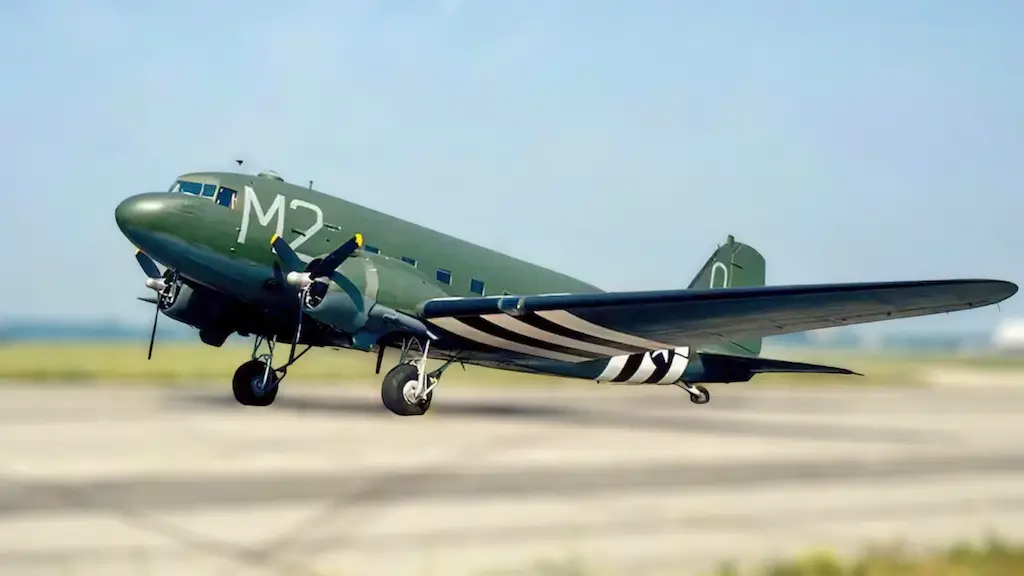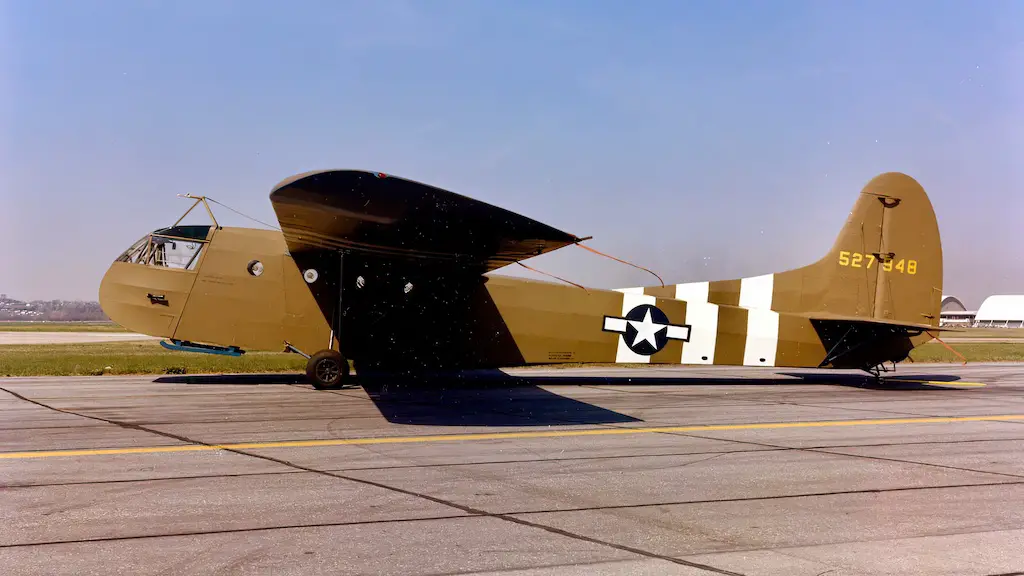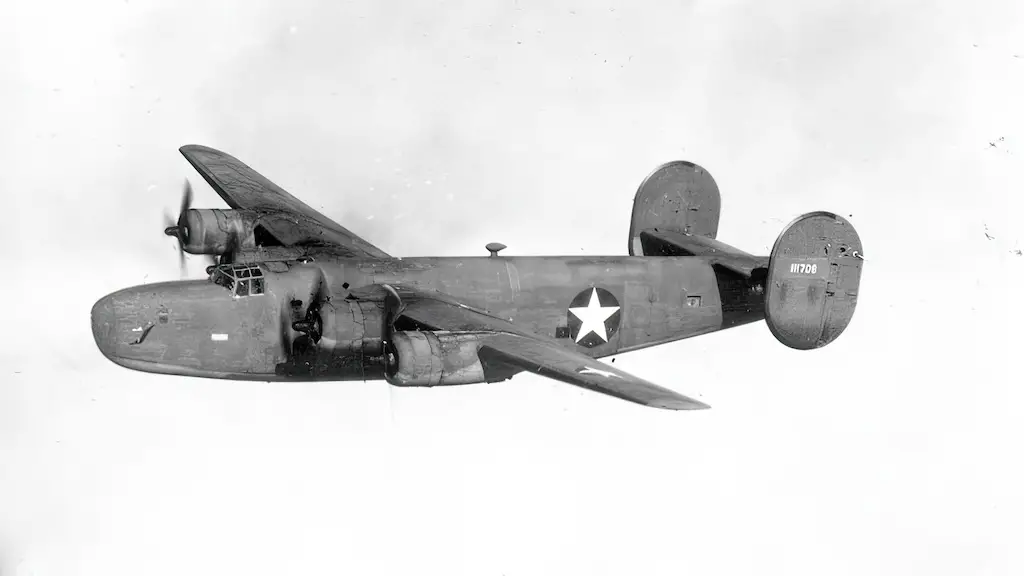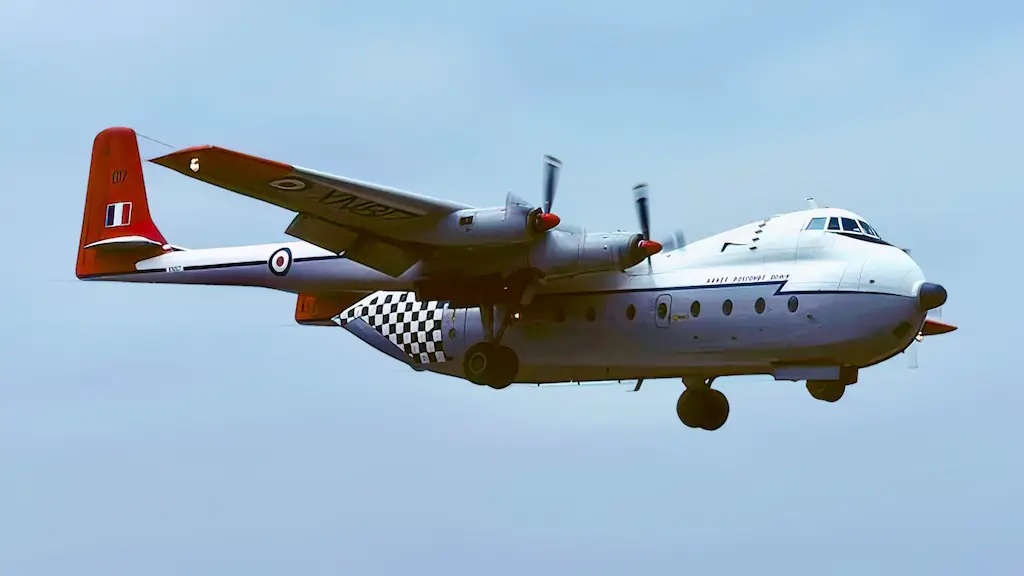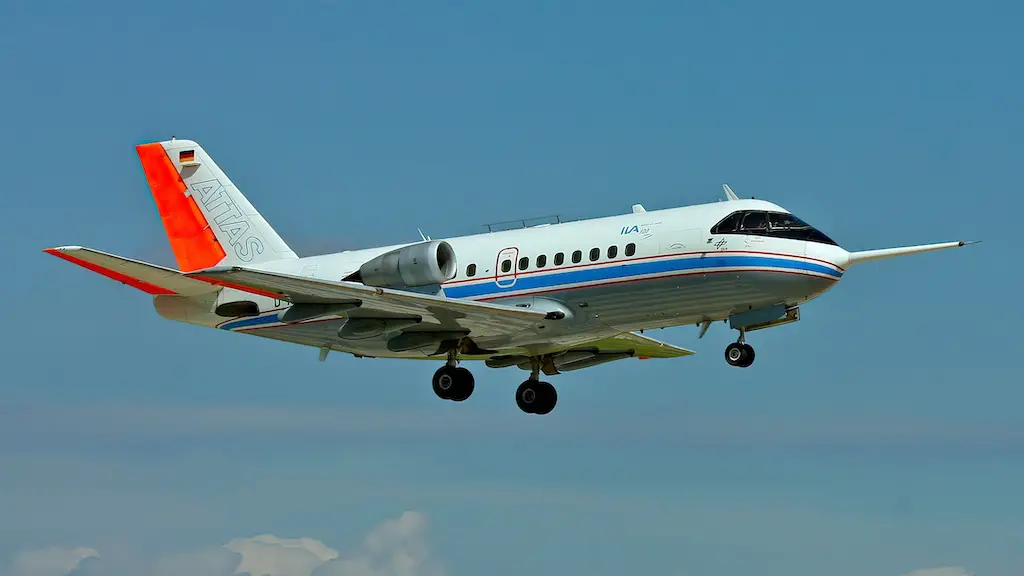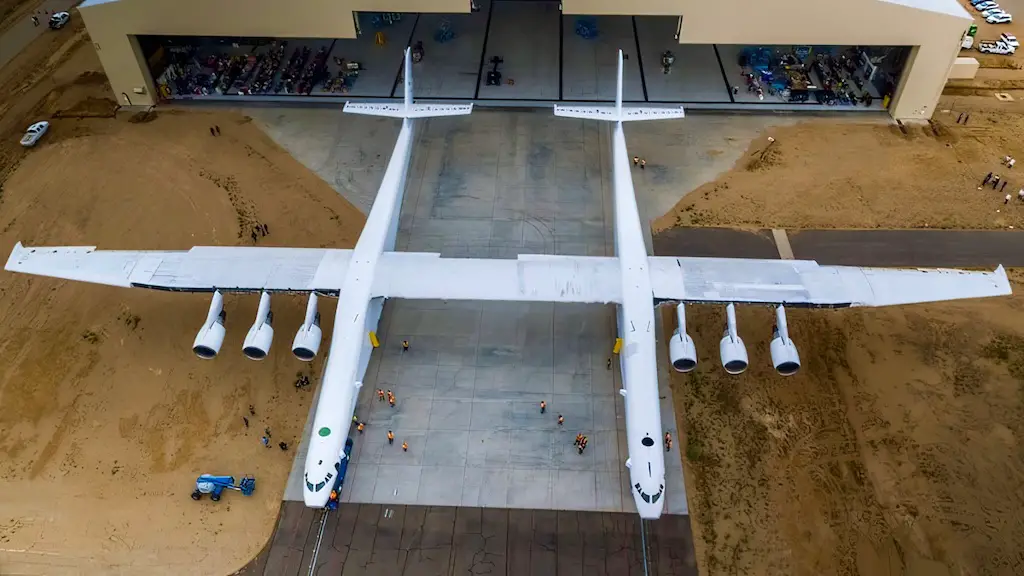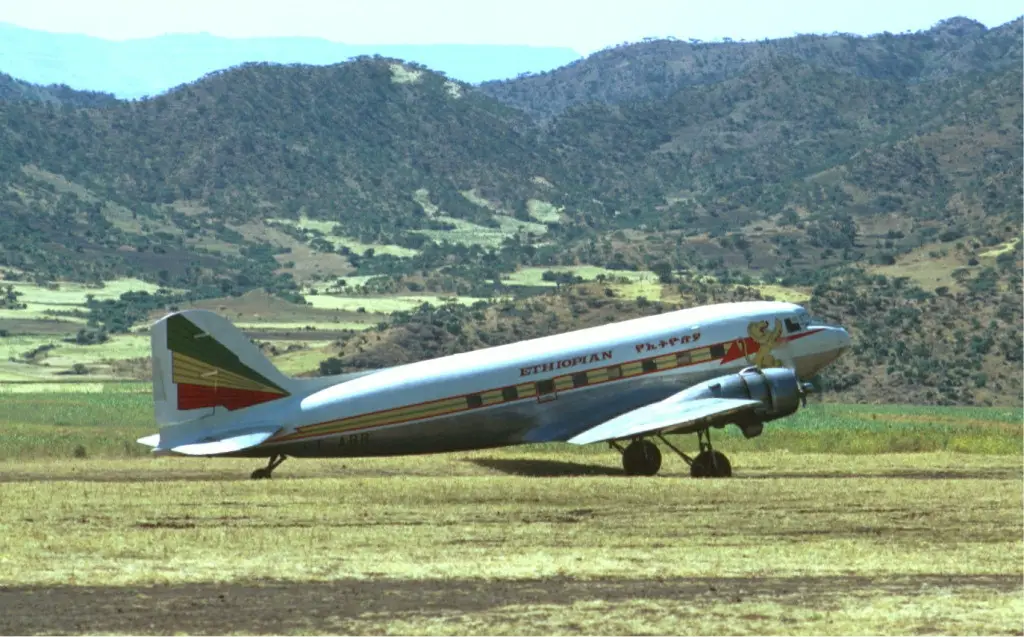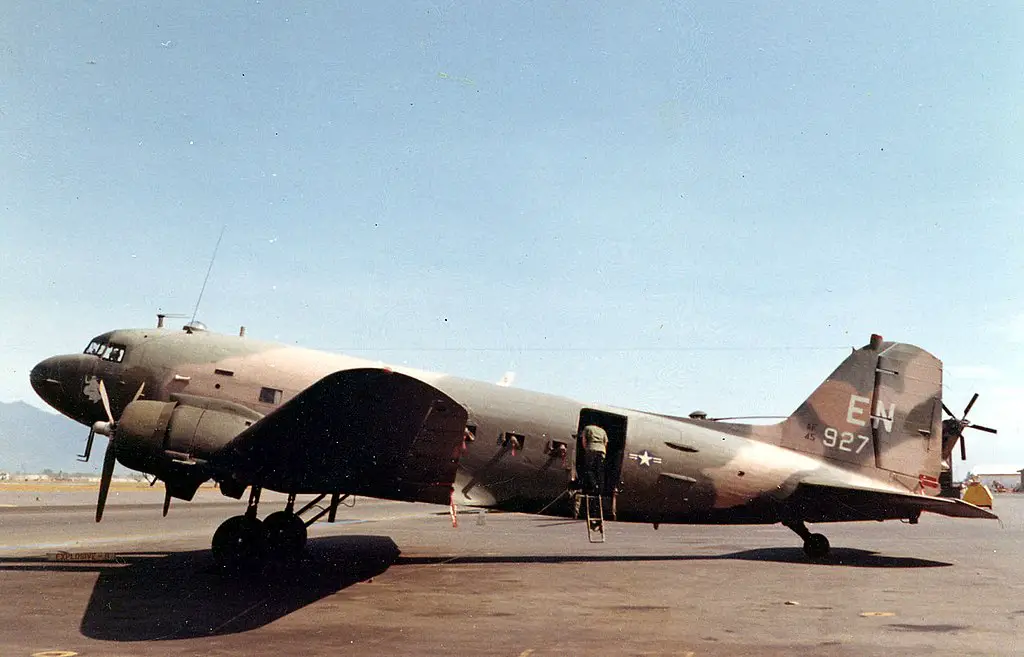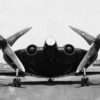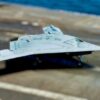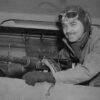The first
The first planes to take off on D-Day were C-47s. Before 2,200 bombers bombed German positions near the French coast, before the naval bombardment of coastal batteries and seawalls, and before landing craft carried 130,000 men to fight their way onto the beaches, nearly 1,000 US Army Air Force C-47s and Royal Air Force Dakotas dropped paratroopers in the dark to capture roads that would allow the assault troops to advance inland.
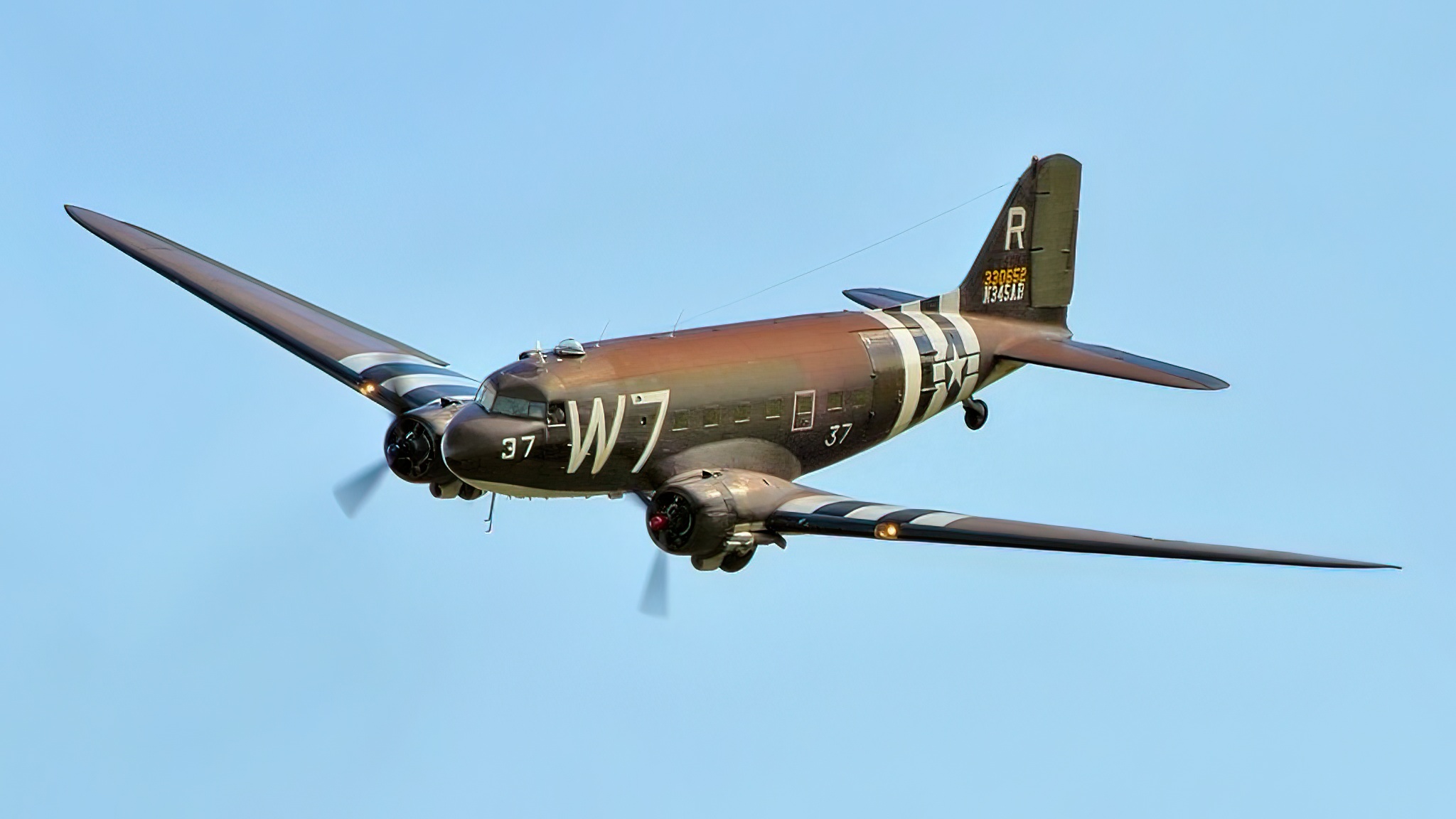
Essential
The C-47 Skytrain, based on the Douglas DC-3, was the most essential mode of transportation during the war. Its pilots dubbed it the “Gooney Bird,” probably because, like Gooneys in the southern hemisphere, C-47s were ubiquitous.
C-47s flew in every war theater, including search-and-rescue missions, medical evacuation flights, and special operations inserting and recovering secret agents and sabotage teams, as well as assisting resistance fighters behind enemy lines. Some even served as crude bombers.
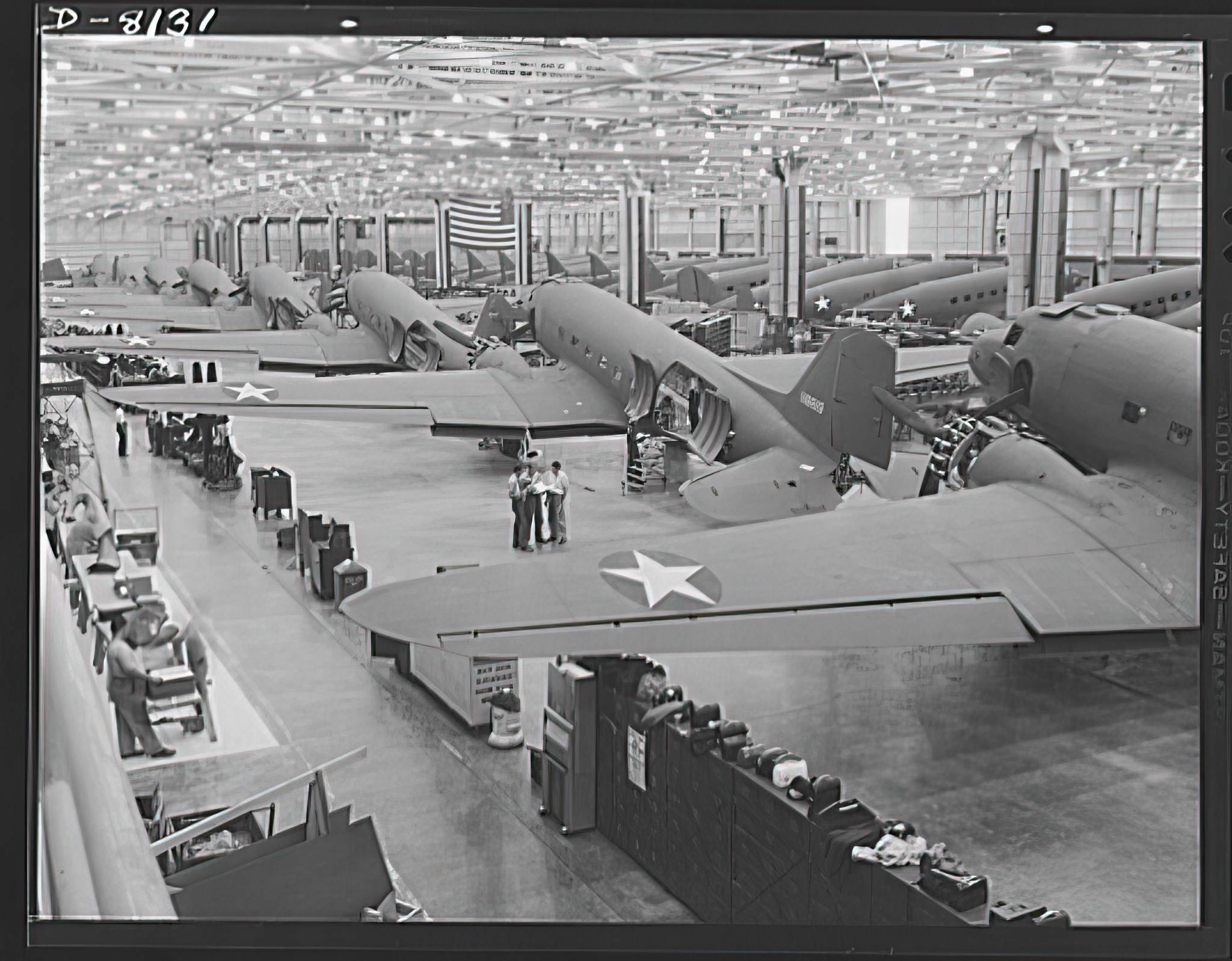
During the war, the Vietcong relied heavily on nighttime guerrilla warfare. To counter their tactics, the U.S. Armed Forces needed to possess adequate means of battlefield illumination. Thus many of the C-47s were modified into “flare ships.”
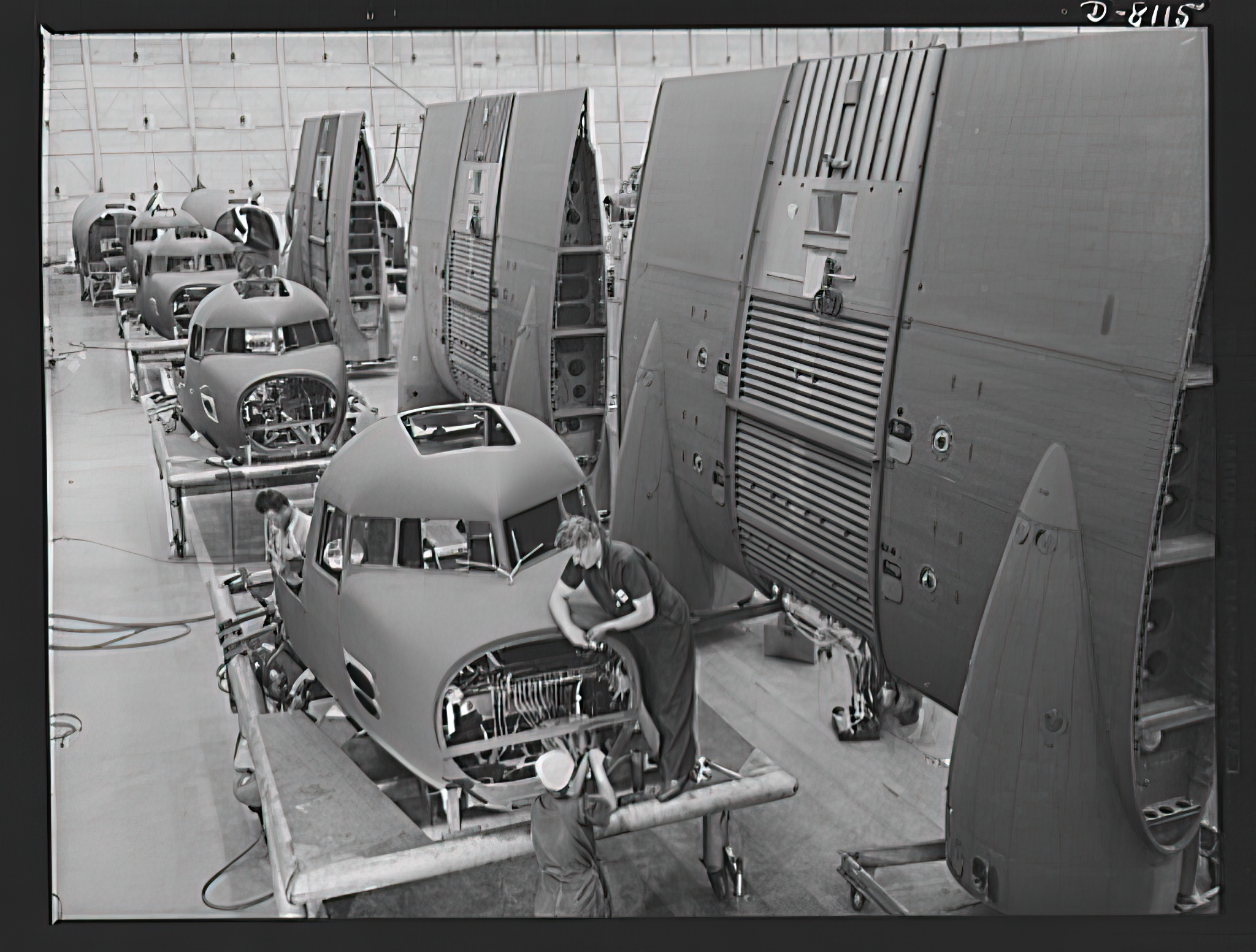
Firepower
However, its evolution didn’t stop there. With some additional modifications, it was given firepower and became the first fixed-wing gunship used in Southeast Asia. Moreover, the C-47 had a critical characteristic that made it a great gunship since its initial purpose was to carry cargo; it had plenty of room and power to carry vast amounts of munition and the necessary armaments.
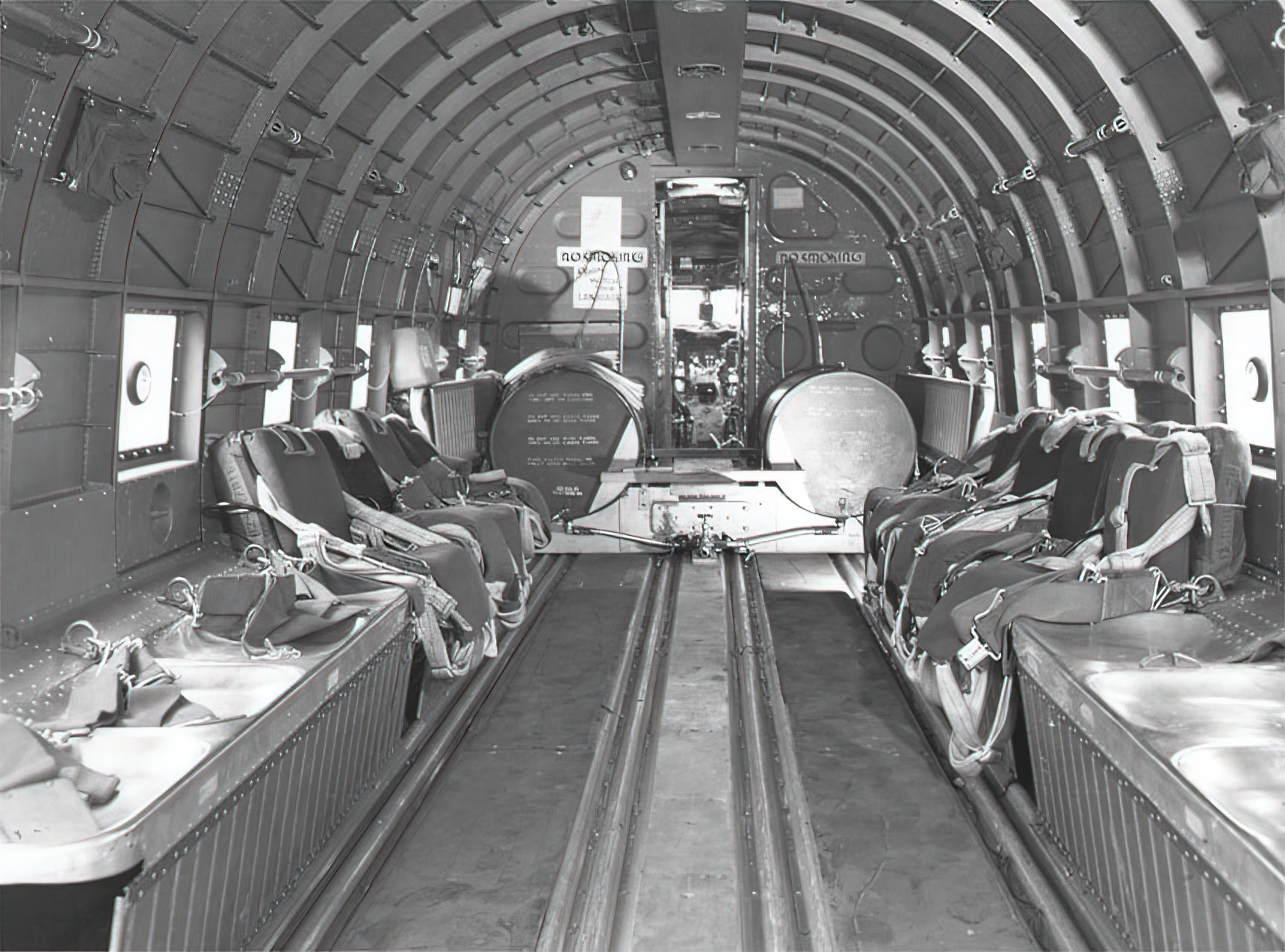
The modifications did not affect the external airframe, and the internal modifications were quite simple. Three 7.62mm miniguns were mounted to the left side of the aircraft to fire through three rear window openings of the aircraft. Additionally, an MK 20 Mod 4 gunsight was also mounted in the left cockpit window.
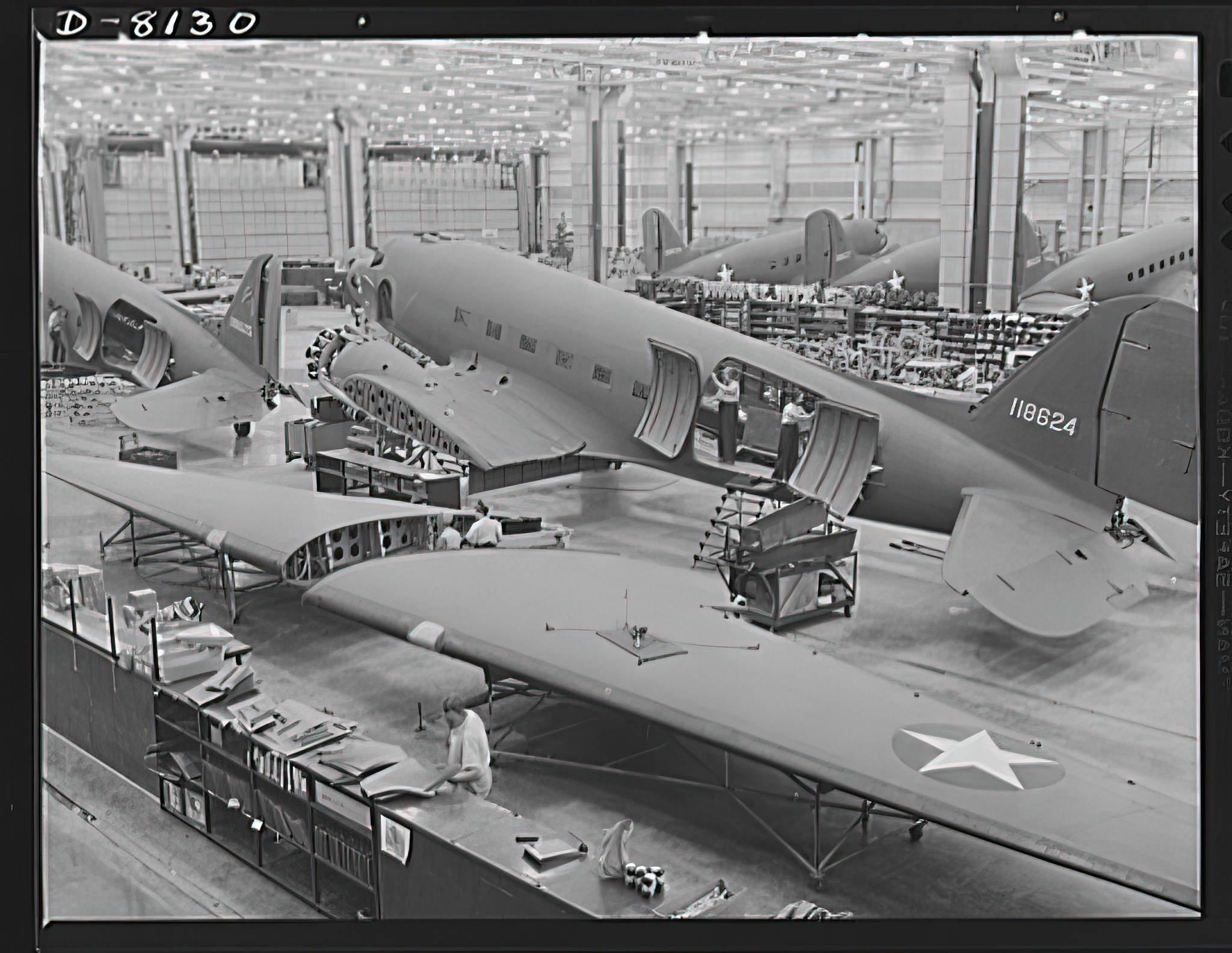
Gunships
By mid-December 1964, a lot of the C-47s were already converted into gunships, and they eventually received the designation AC-47. And soon enough, the Vietcong forces would learn that the old bird was turned into a fire-breathing dragon. At night the plane rained relentless fire on the enemy. A horrifying and yet beautiful sight, with red tracer bullets tearing into whatever was in its way.
